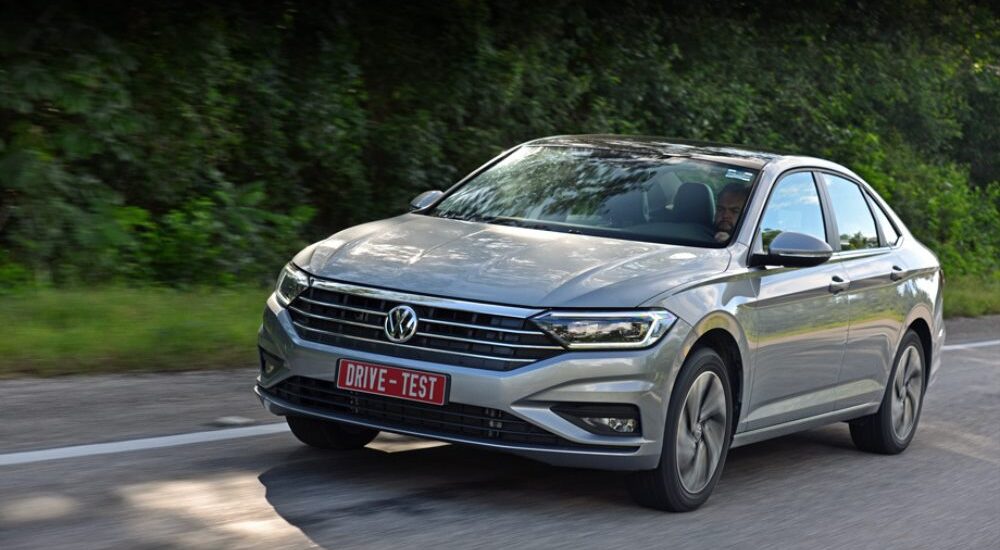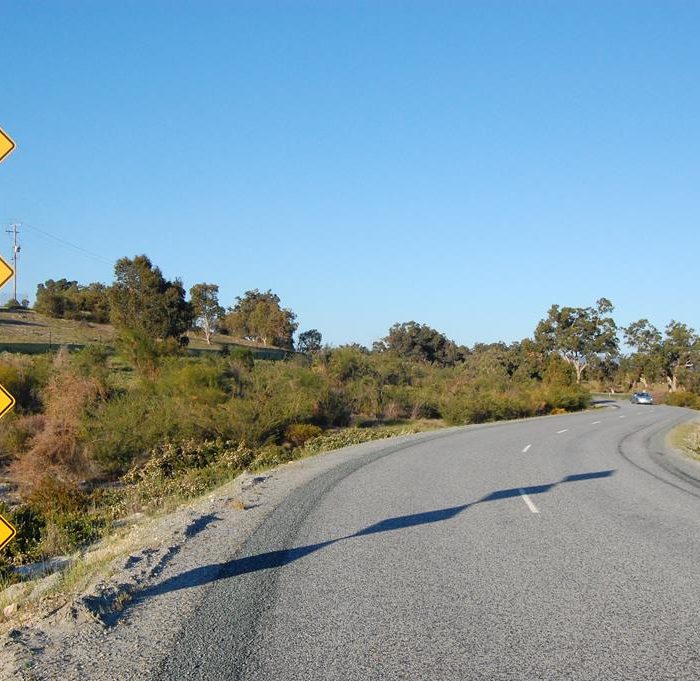Самое интересное в седане Volkswagen Jetta седьмого поколения, на первый взгляд, это производственная логистика. Отказ от локализации модели в Нижнем Новгороде сулит нам автомобили мексиканского производства, но с российскими двигателями. Атмосферные «четвёрки» 1.6 MPI (CWVA) семейства EA211, локализованные в Калуге осенью 2015 года, перевозятся через океан на завод, расположенный в городе Пуэбла. А оттуда возвращаются на родину под капотами новеньких седанов.
Тестовые автомобили оснащены 150-сильным турбомотором 1.4 TSI (CZDA). При этом все двухпедальные Джетты для некоторых стран, например, России, комплектуются шестиступенчатой автоматической коробкой передач. На других рынках есть восьмиступенчатая коробка передач, а также DSG. А вот роботизированных трансмиссий в России больше не будет. Целевая аудитория седана наверняка обрадуется такому ходу, считая, что традиционная «гидромеханика» более оборотиста. Но для меня это шаг назад. Годы эволюции сделали коробки DSG надежными и практически устранили шероховатости в эксплуатации.
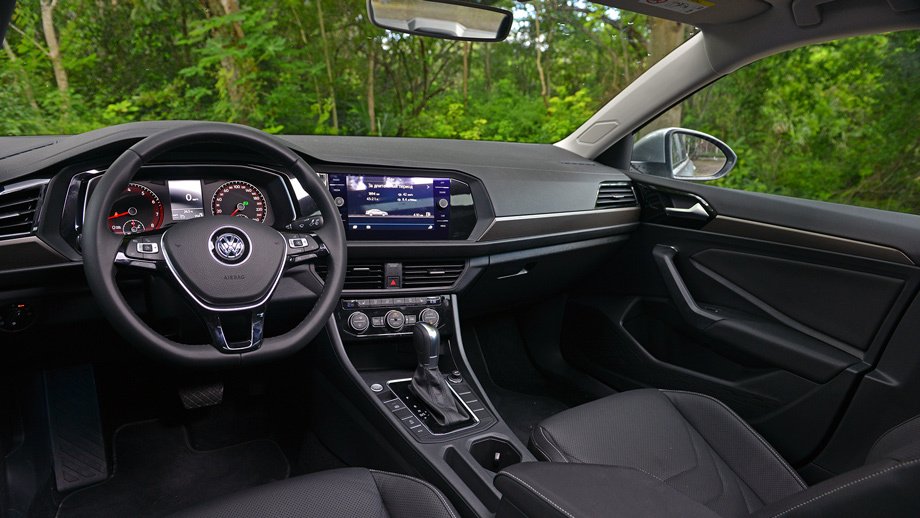
Я хорошо помню, как весело было ездить на старой Джетте с этим турбодвигателем. За рулем новой машины таких ощущений не испытываю. «Четверка» тянет нормально, даже хорошо, но ее характер в связке с АКПП кажется выхолощенным. Тяга нарастает настолько плавно и спокойно, почти скучно, что наддувный двигатель легко можно принять за двухлитровый атмосферник. Однако управлять разгоном удобно, если не обращать внимания на задержки реакции на газ. Они становятся немного меньше при переключении коробки в спортивный режим, но полностью не исчезают.
В настройках подвески чувствуется поиск баланса между плавностью хода и энергоемкостью. Для Мексики, как и для России, важны оба. Машина иногда слишком детально воспроизводит микропрофиль, иногда дрожит на короткой волне. При проезде поперечных неровностей ощущаются паразитные вибрации 17-дюймовых колес. При этом Jetta наезжает на лежачих полицейских, если они вдруг не отмечены знаками или разметкой.
При размеренном городском движении уровень внутреннего шума остается в рамках приличия. Звук двигателя довольно приглушенный, подвеска на неровностях молчит. Но на трассе ситуация меняется. Гул шин Bridgestone Ecopia EP422 проявляется уже на скорости 70-80 км/ч и по мере увеличения скорости становится громче, выходя на первый план. Бэк-вокал играет ветер, но чтобы аэродинамические возмущения стали заметны, нужно разогнаться хотя бы до 125 км/ч…
Прежде чем говорить об управляемости, нужно вспомнить, как изменилось глобальное позиционирование Jetta. Автомобиль шестого поколения имел две комплектации. Самый высокий — для Европы: со своим набором двигателей, многорычажкой сзади, продвинутой электрикой и благородной отделкой салона. Для Америки — второсортные, довольно упрощенные седаны с балкой, одной шиной CAN вместо двух и жестким пластиком. Китайская Jetta стояла и стоит отдельно, так что про нее мы сейчас не вспоминаем.
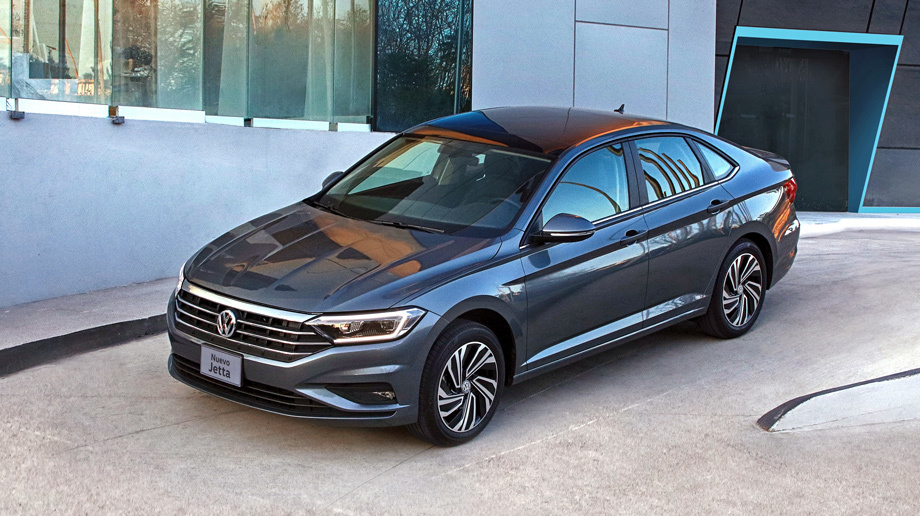
Новое поколение сохранило двойные стандарты. Только теперь лучшая Jetta GLI едет в США. Она напичкана комплектующими от разных Гольфов: задняя многорычажка от мощных модификаций хэтчбека, серьезный двигатель GTI и R-тормоза. А простые машины хоть и продаются в Штатах параллельно с топовыми, но в основном ориентированы на бедные рынки. Но еще в начале десятилетия Jetta позиционировалась как потенциальная родоначальница отдельного семейства. Увы, дизельгейт поставил крест на всех подобных планах. И хотя ветка не росла, дерево взрослело: новый бренд Jetta был успешно запущен в Китае.
Докризисная Jetta с многорычажкой управлялась неплохо. Такой переход на бюджетную версию “тележки” со скручивающейся балкой MQB неидеален. Впрочем, и хуже не стало. Точность рулевого управления и предсказуемость реакций остались на прежнем уровне. Легкий руль не слишком острый, четко обозначен «ноль», а отклонение от него сопровождается закономерным увеличением реактивной силы. Jetta выполняет команды так, как и ожидается от Volkswagen. Однако прогресс новой машины не очевиден. В отличие от причин, остановивших его развитие.
Те редкие повороты, которые соединяют прямые линии полуострова Юкатан, не вдохновляют на поиск более интересной дороги. Седан просто послушно поворачивает, выпрямляя траекторию при ускорении. Jetta плавно переходит в занос наружу, позволяя вам контролировать начало заноса. Но об удовольствии балансировать на грани не может быть и речи. Тормоза работают хорошо, эффективность замедления меня полностью устраивает.
Мексиканский тест-драйв Jetta вызывает синдром неоправданных ожиданий. Часть потребительских свойств, безусловно, улучшена: например, отделка салона и функциональность мультимедийной системы. Последний обзавелся поддержкой протоколов Apple CarPlay и Android Auto. Заранее можно забить на подогрев руля и задних сидений, которые должны появиться на некоторых характеристиках автомобиля.
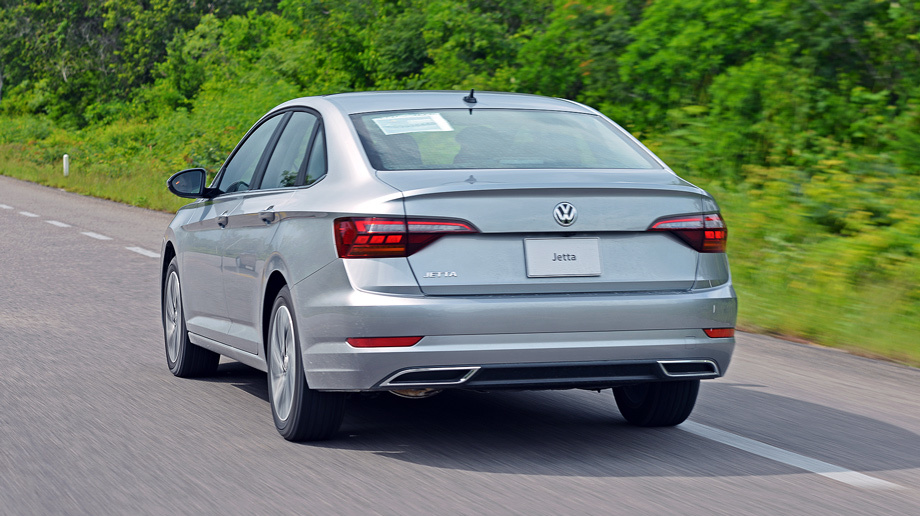
Впрочем, Jetta тоже оставляет массу поводов для дискуссий. В отличие от автомобиля предыдущего поколения, который в 2011 году производил впечатление новой самостоятельной модели, не являясь таковой конструктивно, внешний вид преемника не вызывает ощущения тотальной свежести. Положительное впечатление от большего пространства на диване портит исчезновение центральных дефлекторов. Задние подголовники теперь все время поднимаются над спинкой, ограничивая обзор во внутреннее зеркало. Багажник не стал вместительнее, потеряв в ощущении внимания к деталям.
Прежняя Jetta не вошла в число лидеров сегмента, уступая другим седанам. В 2018 году было продано 3813 автомобилей Volkswagen. Этот результат почти в три раза хуже, чем у 11 068 трехобъемных Cerato, проданных за то же время. Впереди оказались локализованная Elantra (5344) с Focus (4743) и даже импортная Corolla (5199). Не думаю, что Джетта, сменившая платформу, будет успешнее предыдущей. Тот, кому нужен седан как таковой, скорее обратит внимание на более демократичный класс.
Что касается гольф-класса, то его лидером по-прежнему остается не седан, а лифтбек Skoda Octavia. Так получилось, что сразу после мексиканского тест-драйва Джетты я оказался в Праге на статической презентации Октавии нового поколения. И вот что я скажу: даже если чешская пятидверка окажется дороже платформы Jetta, я все равно не могу найти ни одного аргумента в пользу Volkswagen. В отличие от Октавии выглядит откровенно бледно.
Оригинальная статья на сайте ДРАЙВ: https://www.drive.ru/test-drive/volkswagen/5dd665a8ec05c46e190000ee.html

Опубликовано Май 11, 2023 • 5м на чтение

